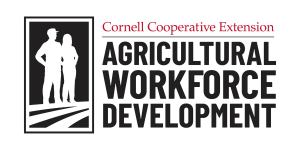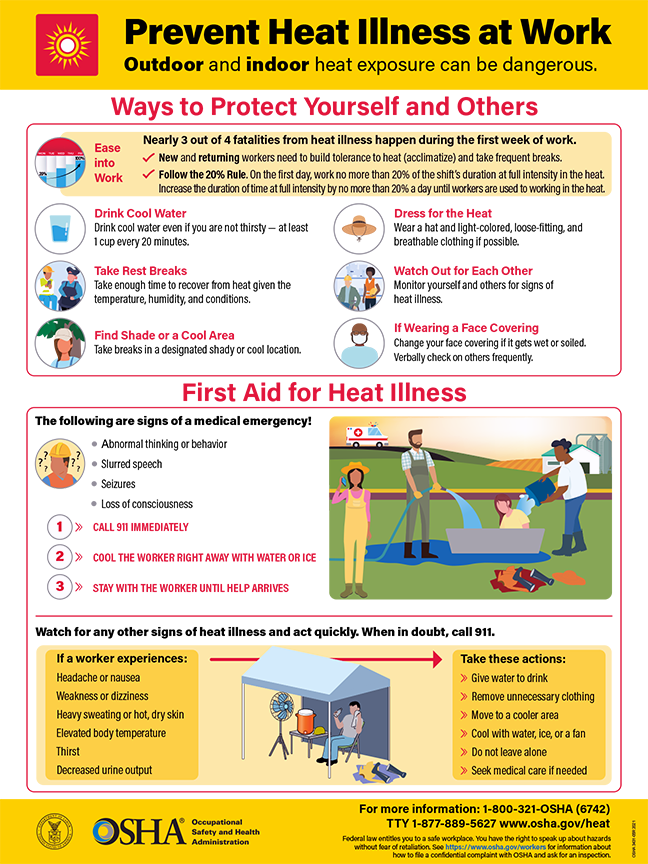By Jay Canzonier
In Culture Starts in the Toilet!, Mary Lewis makes a great case for why bathroom etiquette and expectations should be a core part of employee onboarding. She offers practical tips for communicating the dos and don’ts, especially when navigating cultural differences around bathroom use. It’s a reminder that even the most basic human needs are deeply tied to the workplace experience.
If you’re reading this, chances are you have high-performing employees who bring professionalism and purpose every day. Each time they clock in, they’re making a trade: their time, energy, and expertise for something they believe is worth it. That’s a value proposition, and if you want them to keep investing in your farm, you need to invest in them. Professionalism is a two-way street — and it starts with the everyday details that show your team they’re respected, supported, and valued.
One of the most overlooked yet clearest indicators of respect and professionalism on farms? The bathroom. Yes, really. In the field, at the farmstead, or in employee housing, the condition of your restroom facilities sends a powerful message. It reflects your expectations for workplace standards and your commitment to employee well-being. If we expect performance, we must provide the facilities to support it.
Farm Bathroom Checklist
✅Safety: Ensure bathrooms are structurally sound, clean, and hazard-free to prevent slips, contamination, and exposure to unsafe conditions.
✅Hygiene: Stock restrooms with toilet paper, running water, soap, hand-drying supplies, and waste bins to support proper sanitation.
✅Health: Establish regular cleaning and maintenance routines to minimize the risk of illness and promote a healthy work environment.
✅Privacy: Design bathroom spaces to offer comfort, security, and dignity for all users.
✅Respect: Provide facilities that meet the diverse needs of your workforce.
The old “make it do or do without” mindset doesn’t cut it anymore when it comes to farm bathroom standards. Our farming forebearers may have endured with less, but today’s workforce expects and deserves better. If you want to build a farm culture that attracts and retains the motivated employees you need, start with the basics. Visit the bathroom facilities in all the corners of your farm. Then ask yourself: Would I want to use this bathroom?
The article Rethinking Farm Professionalism from the Bathroom Up was posted in the Ag Workforce Journal. By Cornell University. Permission granted to repost, quote, and reprint with author attribution.


 Cornell Agricultural Workforce and NYCAMH will be co-hosting a Heat Illness Prevention Webinar, presented in Spanish for the Hispanic Workforce on April 23. Your workforce can join our webinar on heat illness prevention, designed specifically for Hispanic farm employees. With potential changes in New York State laws, it is essential to understand best practices for maintaining a safe and healthy work environment. Learn key strategies to prevent heat-related illnesses and keep everyone protected in the field. The webinar will be hosted by María Bess Lewis from Cornell Agricultural Workforce Development and Anna Meyerhoff from the New York Center for Agricultural Medicine and Health (NYCAMH).
Cornell Agricultural Workforce and NYCAMH will be co-hosting a Heat Illness Prevention Webinar, presented in Spanish for the Hispanic Workforce on April 23. Your workforce can join our webinar on heat illness prevention, designed specifically for Hispanic farm employees. With potential changes in New York State laws, it is essential to understand best practices for maintaining a safe and healthy work environment. Learn key strategies to prevent heat-related illnesses and keep everyone protected in the field. The webinar will be hosted by María Bess Lewis from Cornell Agricultural Workforce Development and Anna Meyerhoff from the New York Center for Agricultural Medicine and Health (NYCAMH).






